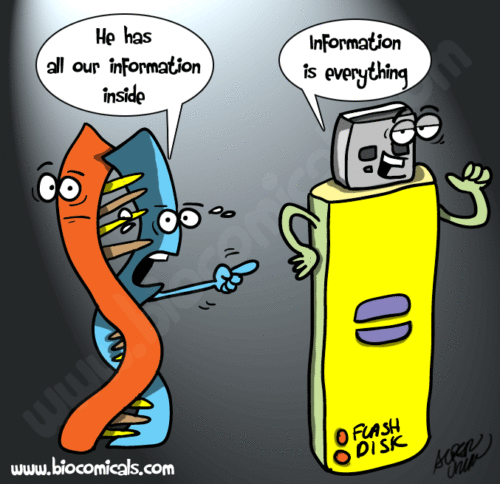This post was inspired by one of my students. As it happens, it started with a few questions in a chat, which were essentially like: since you’re a senior in this field (ie, I’m getting old, personal note…), I’d like to ask you some advice on what job is best, should I do a PhD, what are the other options (education, training, etc) to work as a bioinformatician, what about salaries, success chances, challenges, etc, etc.
After having had to delay a well-thought and comprehensive answer, I decided that maybe it was worth organising my notes on the not-so-easy topic and writing a public post, so that it could benefit everyone.



 I’m writing this short post mostly as a quick note on a couple of things I’m working on, after a couple of times I was asked for this kind of background.
I’m writing this short post mostly as a quick note on a couple of things I’m working on, after a couple of times I was asked for this kind of background.![[MannOnto, relatedAssertions]](/wp-content/uploads/2008/02/assertion_properties.gif) Geeez! Eventually I have submitted the
Geeez! Eventually I have submitted the